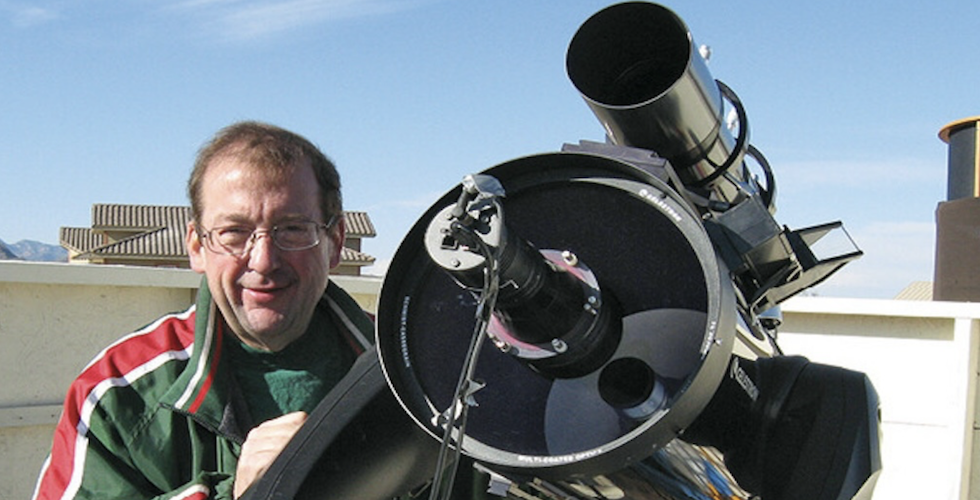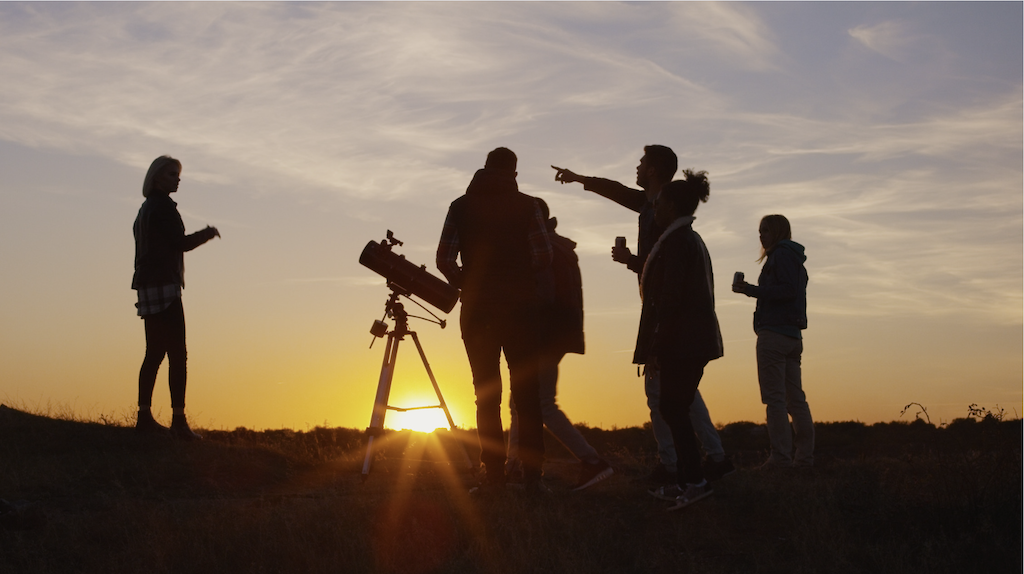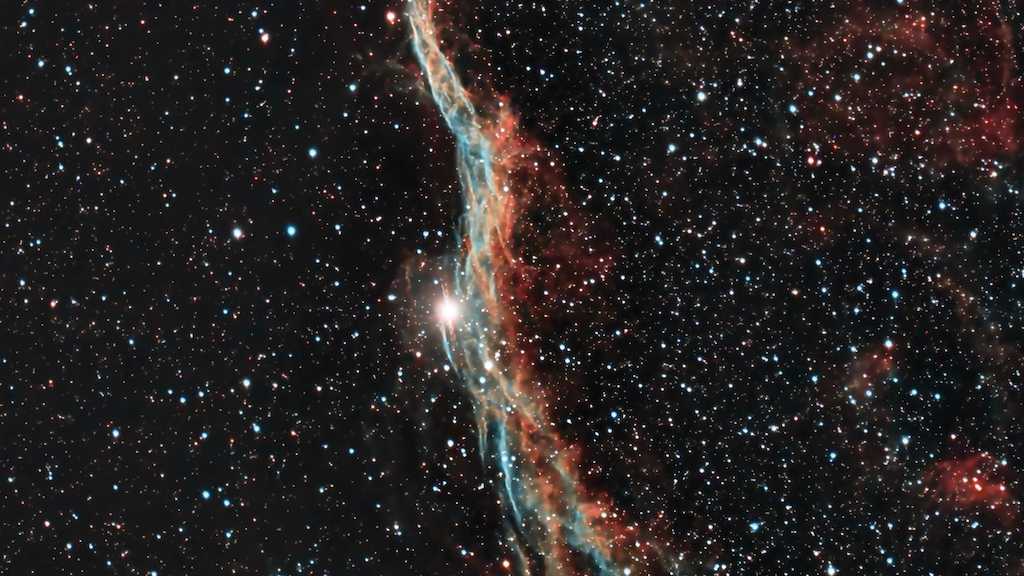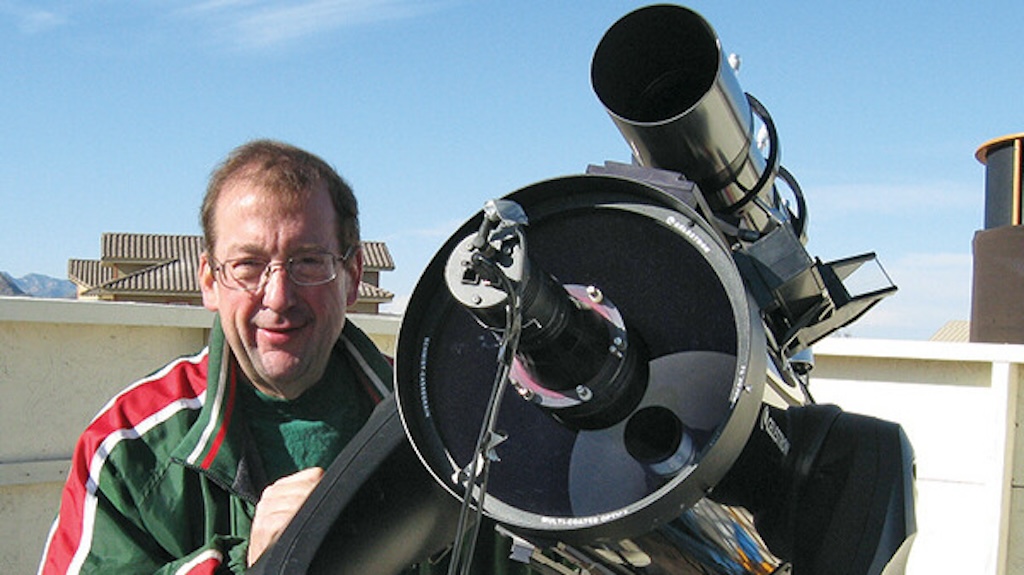
Exploring Star Parties: A Guide to Stargazing Events
Imagine being under the night sky, staring up at the bright stars with family, friends, and like-minded strangers—all appreciating the view together. These gatherings, or star parties, not only create an opportunity to stargaze, but they also enhance one’s sense of community, learning, and wonder of the universe.

Star Parties
These meetings attract both amateur and professional astronomy enthusiasts. At many of these parties, high-powered telescopes or state-of-the-art binoculars are brought to share with the group, then aimed at a particular constellation or planet. Many parties include educational presentations, workshops, resources, and guidebooks, such as Mike Lynch’s Stars: A Month-by-Month Tour of the Constellations, to create an immersive experience.
Dark Sky Places, where there is minimal to no light pollution, are the ideal locations for these parties. Light pollution significantly diminishes the visibility of celestial bodies, leaving only a mere handful visible to the naked eye. Although these places make the perfect spots for star parties, there are other options that are more convenient. Many are held at a rural park or a public parking lot, some even on school grounds.
Benefits of Stargazing

Gazing up at the night sky has many benefits, transforming a simple hobby into a rewarding pursuit. It creates joy, peace, and understanding. Stargazing is inherently calming, grounding observers in the present moment and alleviating stress. It allows us to experience the same awe and wonder as those before us, connecting us to the astronomical events that have shaped human history and understanding. Star parties foster community, bringing together individuals for shared enlightenment and education in science, history, and culture for all ages.
Connections
Organizations such as astronomy clubs, libraries, and community centers frequently host star parties. Some larger events take the form of festivals at national parks, including Grand Canyon and Joshua Tree.
Our author, Mike Lynch, has been hosting star parties for many years. He is a former meteorologist and has been in the astronomy world for more than 50 years. Mike has a month-by-month guidebook that comes out on April 16. Here, he talks about star parties.

“I absolutely love putting them on and have been at it for nearly 48 years. Get to know the night sky with all its constellations and celestial treasures within them. I bring my arsenal of large telescopes for close-up views of the moon, planets, star clusters, galaxies, and much more! We also do super-cool celestial photography. You’ll get a nice package of star maps, information on stargazing websites and apps, and my advice on purchasing a telescope. Even if it’s cloudy, you’ll still learn a lot and have a great time.” —Mike Lynch (Facebook 2018)
Upcoming Celestial Events
Plan your own star party around these astronomical occurrences:
- APRIL 8: Total Solar Eclipse (visible in certain parts of the US)
- APRIL 16-25: Lyrid Meteor Shower
- APRIL 15-MAY 27: Eta Aquarid Meteor Shower
- AUGUST 11-13: Perseid Meteor Shower
- SEPTEMBER 18: Partial Lunar Eclipse
If you enjoyed our post, sign up for our newsletter here! #bewellbeoutdoors



Pingback: Exploring The Night Sky: What Is A Star Party? |
Liliane Opsomer
A Star Party is when people plan (or sometimes do not plan in advance) to gather at a particular place were observation of the night sky, a comet passing close to Earth, a meteor shower, etc… are expected.
Thank you so much for your interest in our books and blog. We appreciate.